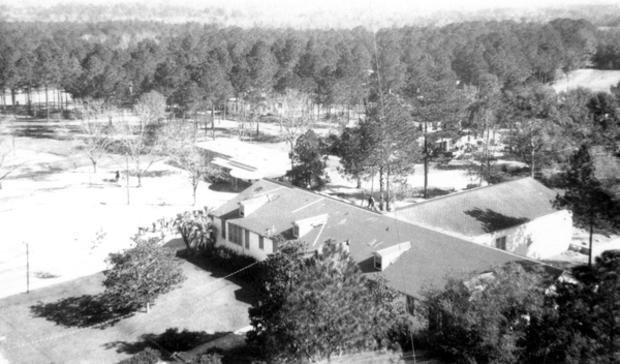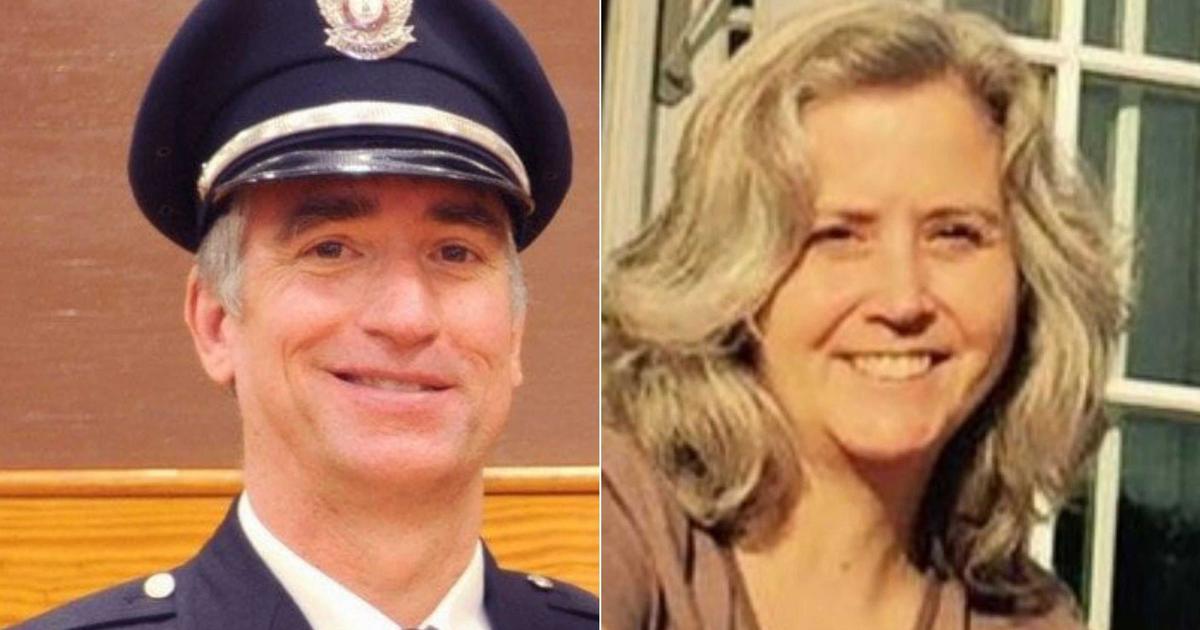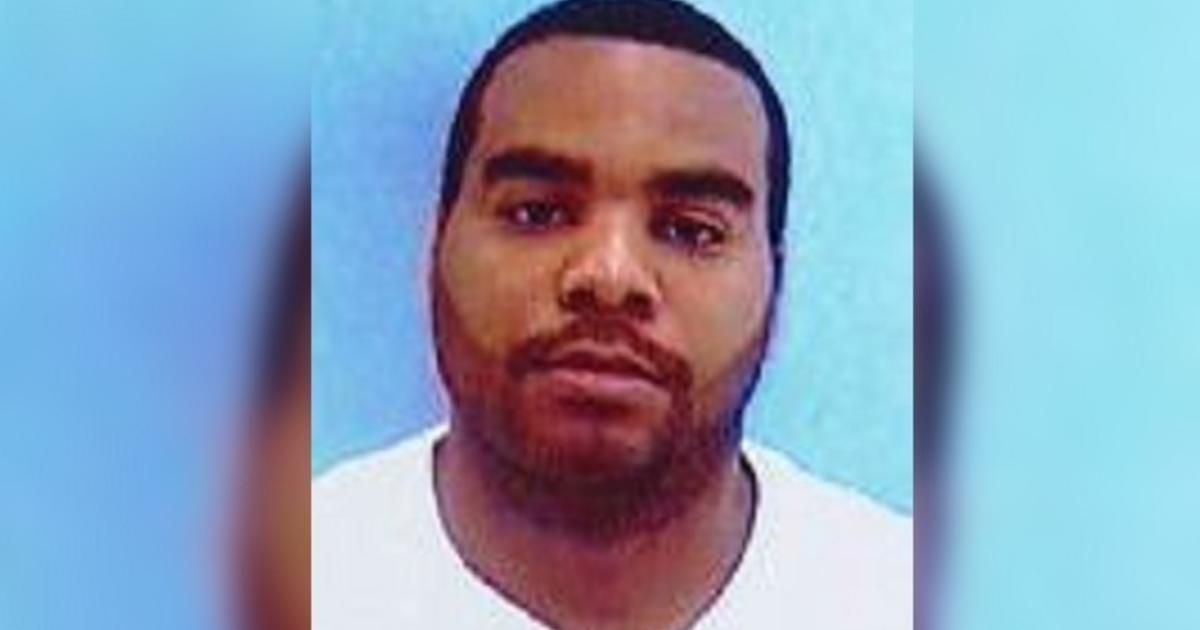The Search for the Dead: Victims of alleged abuse at shuttered Dozier juvenile detention facility push for justice
Editor's note: This story is the third in a four-part Web series about the former Dozier School for Boys, a shuttered Florida juvenile detention facility that garnered a lasting reputation for brutality. 96 boys died while incarcerated there, and at least 45 are believed to be buried at the site. As reported by the CBS Evening News, Florida officials voted this week to begin exhumations there. Read the entire Web series, "The Search for the Dead."
- The Search for the Dead, Part 1: Families of boys who died at shuttered Dozier juvenile detention facility seek answers
- The Search for the Dead, Part 2: Former inmates at shuttered Dozier juvenile detention facility detail alleged abuse
- The Search for the Dead, Part 3: Victims of alleged abuse at shuttered Dozier juvenile detention facility push for justice
- The Search for the Dead, Part 4: Exhumation of bodies set to begin at shuttered Dozier juvenile detention facility
THE WHITE HOUSE BOYS
(CBS) MARIANNA, Fla. -- Long after leaving the Marianna reform school behind, the men who'd been sent to the White House as boys speak of a common memory. Images of a blood stained cot where they were made to lie down for their beatings. A head rail they had to grab to keep from moving. The sound of a leather whip slicing through the air. Then, the pain.
In a 2009 article for the Tampa Bay Times, Ben Montgomery wrote that boys aged 5 to 20 sent to Marianna "...went in damaged and came out destroyed."
A substantial number of former child inmates went on to become adult criminals. Others turned to alcohol and substance abuse. A lot of boys left the school, scarred.
PICTURES: Historic Photographs: Dozier School for Boys
Robert Straley was sent to Marianna in 1963 for running away from an abusive home. He was 13 years old. Straley says during his time at the Dozier School for Boys he suffered regular beatings at the hands of guards, abuse that haunted him in the form of recurring nightmares in later life.
"I was always walking down steps into darkness and in my dream it became larger than life, the walls beating like Poe's Tell Tale Heart, stairs becoming stone, winding down and ever down towards something that gleamed red in the dark. It lay waiting at the bottom. Something so terrible that I would surely go mad if I came to it face to face," Straley wrote.
Finally, after 48 years of silence, Straley decided to share his story with a friend. She did some research which led Straley to other boys who had memories of similar abuse. They decided to bring their truths to light. They named themselves the White House Boys.
In the late 2000s the newly formed group contacted the Director of Residential Facilities at the Department of Juvenile Justice, a man named Gus Barreiro. Coincidentally, Barreiro had recently been assigned the task of finding out what was going on at the Dozier School for Boys due to new allegations of physical abuse.
After visiting the school and hearing the White House Boy's stories, Barreiro convinced the Department of Juvenile Justice to pay the group tribute at the site of their alleged former torture.
On October 21, 2008, the White House Boys assembled at the school. Outside the White House, a plaque was erected. It read, "In memory of the children who passed these doors, we acknowledge their tribulations and offer our hope that they have found some measure of peace. May this building stand as a reminder of the need to remain vigilant in protecting our children as we help them seek a brighter future."
The plaque has since been taken down. When CBS News visited in January 2013 a patch of discolored paint to the left of the front door, marks where it used to be.
Governor Charlie Crist learned of the White House Boy's plight and, in December 2008, demanded that the Florida Department of Law Enforcement open an investigation into the allegations of abuse.
The following month, on January 22, 2009, the White House Boys filed a class action lawsuit against Florida's Departments of Children and Family Services, Juvenile Justice and Corrections. The lawsuit also named one individual, a one-armed man who worked at the school form May 1943 to 1982 and was feared by all the students who reported abuse -- Troy Tidwell.
Much to Straley's surprise, Tidwell was still alive and living in Jackson County. On May 21, 2009 he was deposed.
Tidwell said when he first started working at the school they punished boys using a board but soon switched to a strap that was designed after a razor strap at the barbers.
"I spanked children when I was there, when I was told to," Tidwell said in his deposition. "I didn't like the job spanking boys, but it wasn't my rule. I just did what I was told to do or asked to do."
"The years that I worked at that school I tried to be as fair as I could to those kids and I would want anybody working with mine in a school like that to be the same," Tidwell testified.
The lawsuit against Tidwell and the state was dismissed in 2010 because the statute of limitations on the alleged crimes had run out decades ago. Legal precedents also stated that claimants could not receive damages for constitutional rights violations.
Bryant Middleton, Donald Stratton, Willie Haynes and Richard Colon all took polygraphs in January 2011. They were asked if they were beaten by Troy Tidwell, if the beating resulted in bruising and bleeding on the buttocks and if other students were beaten by staff members. They all answered yes, and the tests concluded that their answers were truthful.
Attorneys for the White House Boys say it's not a matter of it happened, rather what they can do about it now.
"It's not a matter of proving that this happened...we can prove that. It's getting the opportunity to present it that's key," said Greg Hoag of the Masterson Law Group in St. Petersburg, FL.
Read the final installment of the four-part Web series:
The Search for the Dead, Part 4:
Exhumation of bodies set to begin at shuttered Dozier juvenile detention facility





